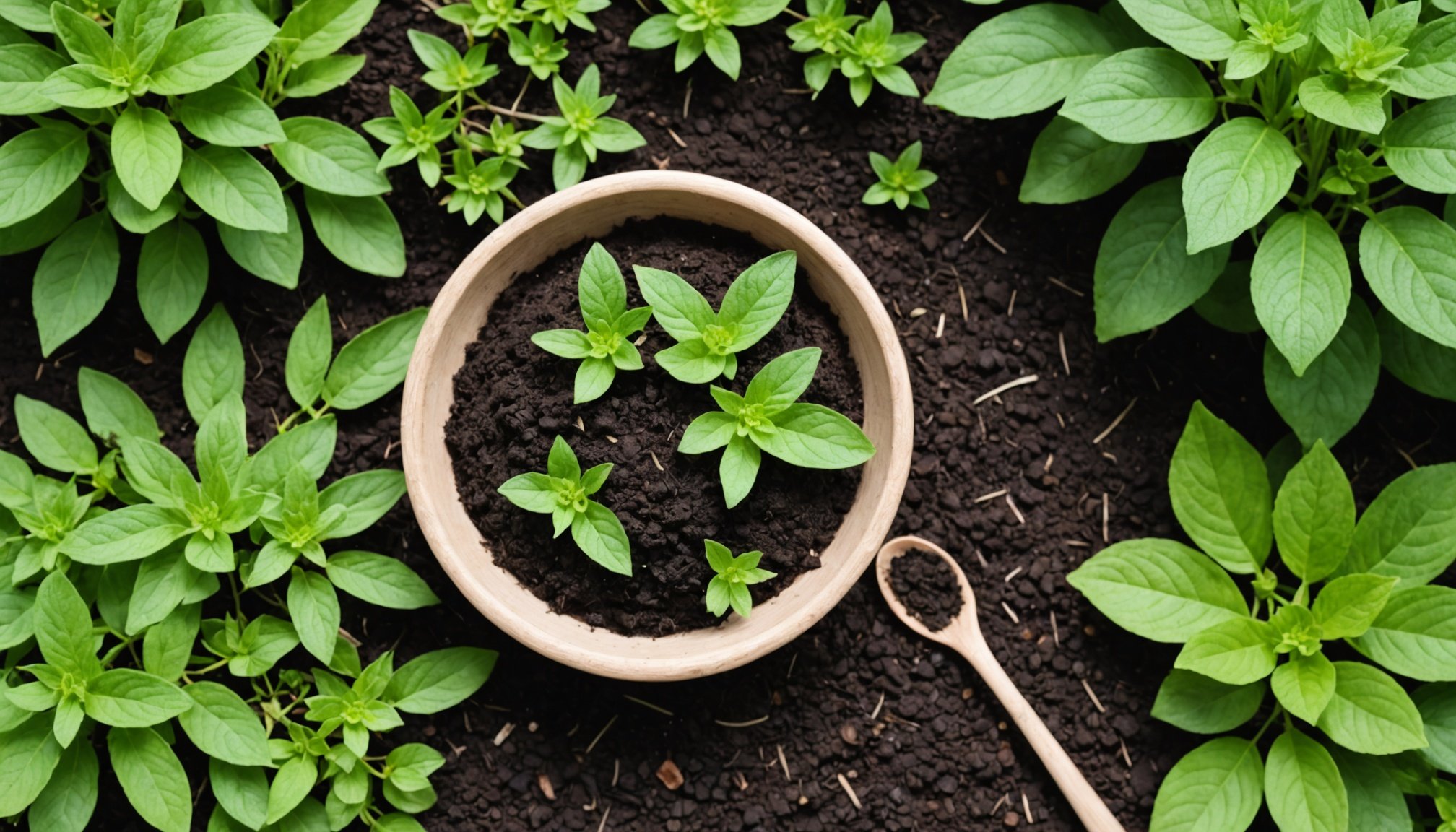Overview of Essential Botanicals for DIY Skincare
Essential botanicals are gaining popularity in DIY skincare, especially among UK gardening enthusiasts. The importance of natural ingredients in skincare cannot be overstated. Botanicals provide various skin benefits, allowing individuals to create personalized skincare solutions.
These botanicals harness natural properties that can soothe, hydrate, and rejuvenate the skin. For example, lavender is known for its calming effect, while calendula boasts anti-inflammatory properties, and chamomile is used for its soothing qualities. Such properties make them indispensable in crafting effective skincare regimes.
Also read : Discover budget-friendly eco-conscious makeup brands available in the uk
Trends in DIY skincare have seen individuals in the UK utilizing their gardens to grow these beneficial plants. Gardening provides an accessible way to cultivate these skincare botanicals, making it practically free and eco-friendly. More and more people are learning to grow, harvest, and incorporate plants like lavender and calendula into their skincare routines.
In the UK, gardens are turning into personal skincare laboratories, blending the joy of gardening with the benefits of natural skincare. This trend underlines a move towards sustainable living, as gardeners embrace what nature can offer in its purest form, enhancing both beauty rituals and environmental consciousness.
In parallel : Powder vs. Spray: Unveiling the Best Solution for All-Day Makeup – Complete Pros and Cons!
Best Botanicals for Skincare in the UK
The UK gardening scene is abuzz with excitement as enthusiasts explore the best botanicals for skincare, focusing on plants that thrive locally. Engaging in this practice not only contributes to cost-effective DIY skincare, it also leverages the natural and beneficial properties these plants offer.
Lavender
Lavender is a versatile skincare botanical renowned for its soothing and anti-inflammatory properties. It thrives in well-drained soil under full sunlight. Lavender can be harvested when the flowers bloom, ensuring the essential oils are at their peak.
Calendula
Calendula is celebrated for its hydrating and healing capabilities, making it a staple in skincare products. It flourishes in a sunny spot with rich, well-draining soil. Harvest the flowers when fully open and air-dry them for use in lotions or oils.
Chamomile
Chamomile is famed for its calming effect on irritated skin. This botanical prefers sandy soil and moderate sunlight. To collect, pick the flowers just after they bloom and dry them for infusions or balms.
By understanding the unique benefits and growing needs of each plant, UK gardeners can transform their gardens into abundant sources of skincare botanicals.
Growing Instructions for Each Botanical
Understanding the growing instructions for each botanical ensures thriving plants. Different botanicals have unique soil requirements. For instance, lavender flourishes in well-draining soil, enhanced with a touch of sand. In contrast, calendula enjoys rich, loamy soil that retains moisture. Chamomile prefers sandy, slightly acidic soil. Amending the soil with compost can optimise growth conditions across the board.
Sunlight and water requirements are equally crucial. Lavender thrives in full sunlight and should be watered sparingly, allowing the soil to dry between sessions. Calendula requires moderate sunlight with consistent watering, while chamomile enjoys partial sun and prefers less frequent watering, keeping the soil lightly moist.
Seasonal care is vital, especially in the UK’s diverse climate. During colder months, consider covering lavender with mulch to protect it from frost. Calendula, being hardy, benefits from deadheading to prolong blooming. Chamomile will appreciate being cut back in late summer to encourage regrowth.
Regular maintenance and observing the needs of each botanical play a pivotal role in ensuring a flourishing garden. By following these tailored instructions, UK gardeners can enjoy bountiful plants, ready to enhance their DIY skincare creations.
Incorporating Botanicals into DIY Skincare Recipes
Utilizing botanical infusions in DIY skincare allows for personalized and natural skincare products. Harnessing the power of botanicals, individuals can craft oils, teas, and creams tailored to their skin’s needs.
Creating Infused Oils
Crafting infused oils is a fundamental step in DIY skincare. Begin by selecting fresh or dried botanicals such as lavender or calendula. Place the botanicals in a clean jar, covering them with a carrier oil like jojoba or almond. Seal and place in sunlight for 2-4 weeks, shaking occasionally. Strain the oil before use.
Making Herbal Teas for Skin
Herbal teas, like chamomile, can soothe and revitalize the skin. Brew a strong tea with dried herbs and let it cool. Use as a facial rinse or toner by applying gently with a cotton pad.
Formulating Creams and Balms
Create bespoke creams by blending your infused oil with shea butter or beeswax. Melt ingredients together, cool slightly, and whip until creamy. Tailor formulations to suit different skin types by experimenting with various botanical combinations.
Storage tips: Keep products in a cool, dark place to extend shelf life, ensuring freshness in every application.
Considerations for Sustainable Gardening
Sustainable gardening offers numerous ecological and personal benefits, especially within the context of the UK gardens. By utilising organic practices, gardeners can improve soil health, enhance biodiversity, and reduce environmental impact. An integral practice involves using compost to enrich soil, naturally increasing fertility and promoting healthier plant growth.
Companion planting further supports eco-friendly gardening. This method involves growing different plants together that can help repel pests, support growth, or enhance flavour. For example, planting marigolds alongside skincare botanicals like calendula can deter aphids, keeping your garden thriving without chemical pesticides.
When seeking alternatives to traditional pesticides, opt for natural solutions such as neem oil or insecticidal soap. These offer effective pest control without the adverse environmental effects associated with synthetic chemicals.
Consider integrating rainwater harvesting systems into your UK gardening routine. Collecting and using rainwater helps conserve resources, maintaining a garden’s hydration sustainably.
Embracing sustainable practices not only benefits personal wellbeing by providing fresher, more potent ingredients for DIY skincare but also contributes positively to the planet. Each step towards sustainability fosters a deeper connection with nature and enhances the holistic gardening experience.
Resources for Further Learning
Engaging with various gardening resources boosts knowledge and skills, leading to effective and rewarding DIY skincare practices. In the UK, enthusiasts have a wealth of materials at their disposal.
Recommended books and websites
Books like “The Organic Gardener’s Handbook of Natural Insect and Disease Control” offer insights into nurturing plants sustainably. Websites such as the Royal Horticultural Society provide comprehensive guides on cultivating skincare botanicals effectively.
Local gardening workshops and events
Participating in local workshops offers practical, hands-on experience. They present opportunities to interact with experts and gain personal advice tailored to your local environment.
Online communities and forums for sharing experiences
The online space offers dynamic communities where gardeners exchange tips and support. Platforms like Gardeners’ World or UK-centric forums are invaluable for both novice and seasoned gardeners, promoting an ongoing dialogue in UK gardening.
Staying connected with these resources fosters a rich learning atmosphere, essential for maximizing your garden’s potential. Additionally, maintaining a gardening journal helps track progress and refine techniques, ensuring a fruitful and satisfying gardening experience.








